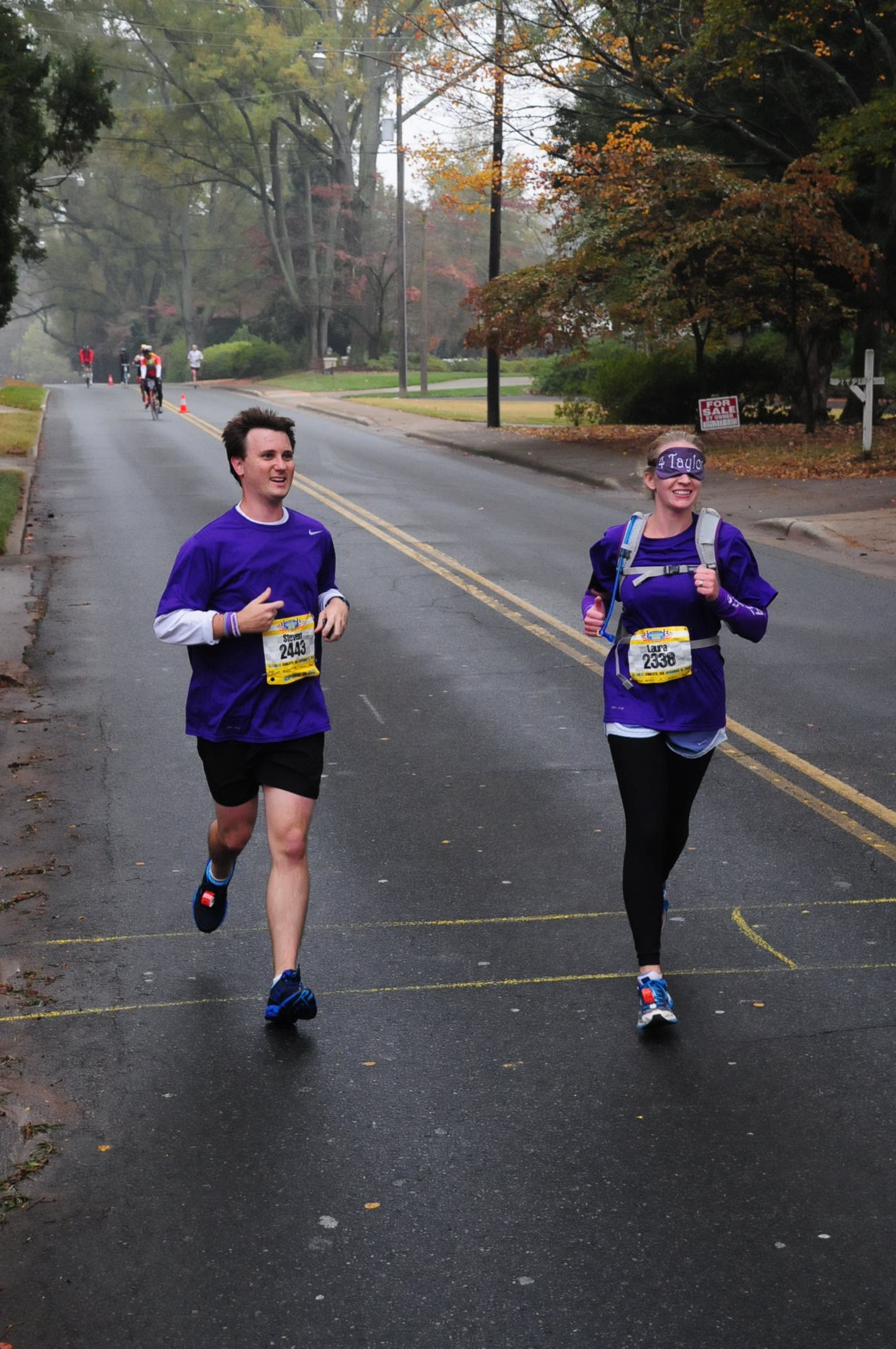 I met Dr. Steven Gray at a Greensboro restaurant in January 2011, several years after he began fighting an ultra-rare disease called giant axonal neuropathy (GAN) in the lab of his mentor and one of the world’s leading gene therapy experts, Dr. Jude Samulski, at the University of North Carolina Gene Therapy Center. Steve signed on after meeting Hannah, the four-year-old daughter of Lori and Matt Sames and the inspiration for Hannah’s Hope Fund, the charity that funded his work.
I met Dr. Steven Gray at a Greensboro restaurant in January 2011, several years after he began fighting an ultra-rare disease called giant axonal neuropathy (GAN) in the lab of his mentor and one of the world’s leading gene therapy experts, Dr. Jude Samulski, at the University of North Carolina Gene Therapy Center. Steve signed on after meeting Hannah, the four-year-old daughter of Lori and Matt Sames and the inspiration for Hannah’s Hope Fund, the charity that funded his work.
Two years after I met Steve for the first time, Taylor’s Tale joined an international coalition of non-profit organizations to fund a two-year Batten disease study modeled after Steve’s work on GAN. When I visited the lab at UNC, I noticed the photos of children that decorated Steve’s office door and many of the doors lining the hallway. Steve explained that seeing the faces of the kids stricken by the diseases he and his lab mates study each day provides a constant source of motivation. You see, 80 percent of rare diseases are genetic in origin, so a gene therapy lab is no stranger to the fight against rare disease. Half of the 350 million people affected by a rare disease are children, and many rare diseases are fatal. You could say that Steve and his coworkers are in the business of saving kids whose families have been told they don’t have any hope. And it doesn’t get any more emotional than that.
The fight against rare disease is a bitch, and I should know: I pull late nights in my second job as advocate and storyteller because I’m watching my little sister lose her battle with infantile Batten disease, and I refuse to let families like mine fight this battle forever.
Largely because of people like Steve, though, I believe. And according to a recent article featuring Steve and his work in Nature, one of the world’s leading scientific journals, my optimism is well-founded:
- Thanks in large part to the determination of patient organizations like Taylor’s Tale, rare disease research is hotter than ever before. Generous gifts have allowed prestigious universities to create institutes focused on rare disease.
- Government initiatives such as the Therapeutics for Rare and Neglected Diseases program at the NIH have been developed to promote rare disease research. Taylor’s Tale has been part of advancing important rare disease legislation in U.S. Congress.
- Drug companies that used to run screaming from tiny diseases like Batten disease have learned from success stories like Genzyme, which built its entire foundation on developing drugs for orphan diseases. One-third of the 39 drugs approved by the FDA in 2012 were for orphan diseases, and worldwide, the market for orphan drugs is expected to skyrocket from $86 billion in 2012 to $112 billion in 2017. Large drug companies like GlaxoSmithKline (which has an office in North Carolina’s Research Triangle Park, three hours from my hometown) now have dedicated programs for rare diseases.
- There are opportunities for overlap with more common diseases, e.g. cystic fibrosis with chronic obstructive pulmonary disease.
Six years ago, Hannah Sames’ parents asked Steve Gray to find an answer for GAN, a horrible disease that affects fewer than 100 children worldwide. At the time, the odds seemed insurmountable. But a clinical trial for GAN is expected to begin this spring. A whole global community contributed to that effort. And perhaps one day soon, because families believed and scientists showed up at the lab each day willing to work a little harder because of the faces of kids on their hallway doors, kids like Hannah and Taylor won’t lose their lives to an orphan disease.
Note: The article “Disease research: rare insights,” originally published in the journal “Nature,” was the source for much of the content shared in this post.
